Back in 2015, the guided-missile cruiser Gettysburg began a lengthy modernization process that was supposed to enable the warship’s service life to be extended into the 2030s.
The congressionally mandated effort would go on to include six other Ticonderoga-class cruisers in the following years, a move that sought to maintain the Navy’s surface fires and air defense capabilities even after the warships’ standard 35-year service life came to an end.
Chosin, Cape St. George, Hué City, Anzio, Vicksburg and Cowpens joined Gettysburg in the so-called “Cruiser Mod” program, with contract announcements rolled out amid promises that modernizing the aging ships would keep them in the fleet for years to come.
The massive project aimed to upgrade combat systems and sensors while refreshing aging hulls, mechanical and electrical systems. But it involved laying up the ships for years while they waited their turn for deep dry dock makeovers.
Navy leaders told the Senate Armed Services Committee in 2015 that the phased modernization was an “affordable framework” to keep the cruiser fleet steaming.
Today, more than eight years after the modernization effort began, things have not gone as planned.
RELATED
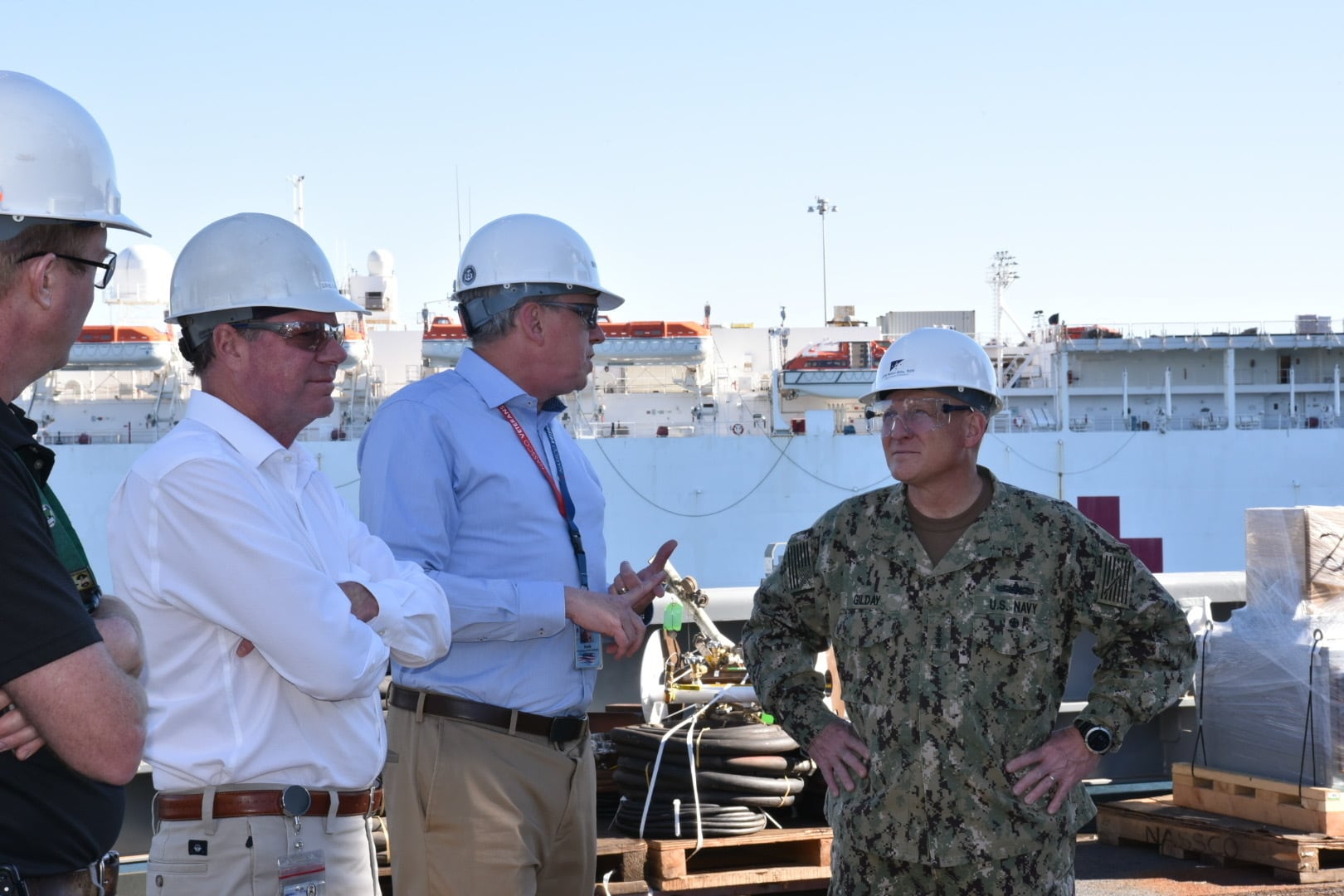
The Navy now concedes that just three of the seven ships will ever return to the fleet, and the sea service has either retired or sought to retire the other four after billions of dollars were spent on the effort.
The Gettysburg got back underway from Naval Station Norfolk, Virginia, in February, more than eight years after its modernization period began, and is working its way back to operations. The Chosin is expected to rejoin the fleet later this year and work on Cape St. George continues.
But the Navy says the other four are too old and broken down for any more money to be spent on them. It abandoned the modernization efforts for Hué City and Anzio and retired them in fiscal 2022.
During a congressional hearing in April, Navy Secretary Carlos Del Toro said that Vicksburg and Cowpens, which have already undergone extensive work, “will never see another deployment, regardless of how much money we put into them.”
Modernization costs skyrocketed as shipyards cracked the aging vessels open and discovered a myriad of unexpected problems, sending the cost of work beyond the announced contract awards of between $150 million and $175 million each.
Phased modernization meant cruisers sat idle for up to six years before the deep work began, with crews and contractors struggling to bring systems back online after prolonged inactivity, according to Naval Sea Systems Command, which admitted that cost estimates for the work came in far below what was actually required.
To date, the Navy has been unable to state precisely how much cruiser modernization has cost the service.
The Navy invested $2.4 billion in cruiser modernization from 2016 to 2021, Vice Adm. James Kilby, then the deputy chief of naval operations for warfighting requirements and capabilities, told the House Armed Services Committee in June 2021.
Kilby called the investment “a significant amount of money” at the time and added that “it’s costing more than we thought it would.”
Meanwhile, the Navy has had to man these ships even as the surface fleet struggles to fill gapped billets at sea, and the effort has sucked up precious time in the shipyards.
“They’re eating us alive in terms of our ability to get maintenance back on track,” then-Chief of Naval Operations Adm. Mike Gilday said in early 2022. “We are paying tens of millions of dollars beyond what we expected to because of growth work and new work on ships that are beyond their service life.”
Outside of the seven modernization cruisers, top brass has warned that other cruisers have suffered water leaking into berthing areas and engineering spaces below the surface, and multiple cruisers have had to abandon deployments in recent years due to a myriad of issues.
RELATED
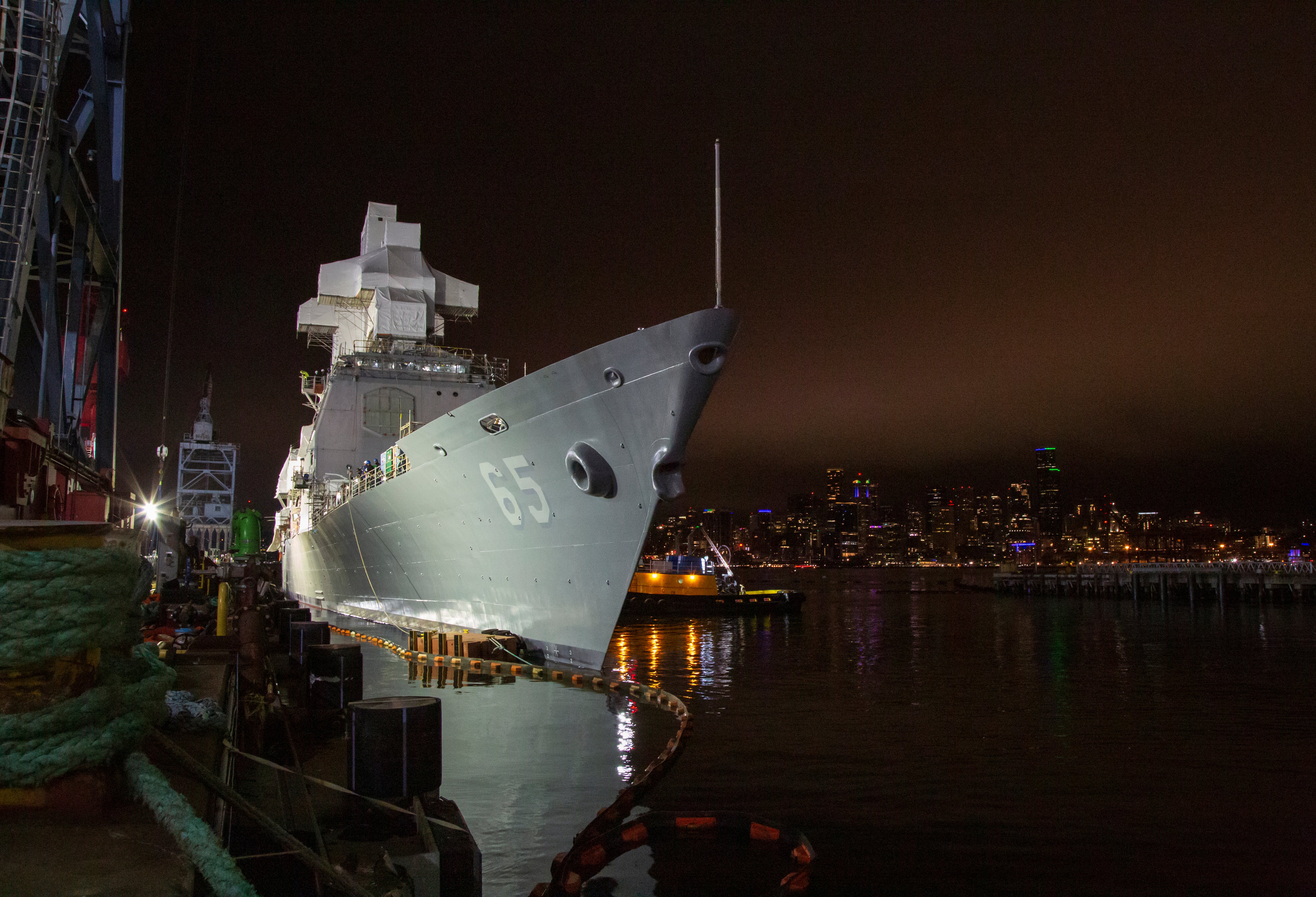
While modernization is expected to squeeze more work out of Gettysburg, Chosin and Cape St. George in the next few years, the Navy’s latest shipbuilding plan, released this spring, shows the service seeking to retire all of its remaining 13 Ticonderoga-class cruisers by fiscal 2027.
Three more “Ticos,” Bunker Hill, Mobile Bay and Lake Champlain, were decommissioned in San Diego just last month.
Chosin and Cape St. George would be decommissioned in fiscal 2027 if the Navy has its way, with Gettysburg retiring the year before.
This essentially means that the Defense Department would perhaps get a handful of extra deployments out of the ships for all the billions of dollars and manpower expended to modernize them.
The Navy’s proposed cruiser retirement schedule is subject to congressional approval, but both the House and Senate versions of the fiscal 2024 defense authorization bill seek to halt some of the retirements the Navy wants.
For fiscal 2024, which begins Oct. 1, the Navy seeks to decommission five cruisers, including Vicksburg.
Congress blocked the retirement of the cruiser Vicksburg this fiscal year, but lawmakers and staffers on both sides of the aisle now say the ship is in bad shape because the Navy allowed it to atrophy for years before the deep modernization work began.
They expressed frustration regarding how the Navy has carried out the cruiser modernization program, with several characterizing the process as one of “hostile compliance” or “malicious compliance” with Congress’ wishes to maintain the fleet.
Several pointed to Vicksburg as a prime example of Navy mismanagement of the effort.
The ship languished for years due to the timing of required work and the difficulty of modernizing the aging ship.
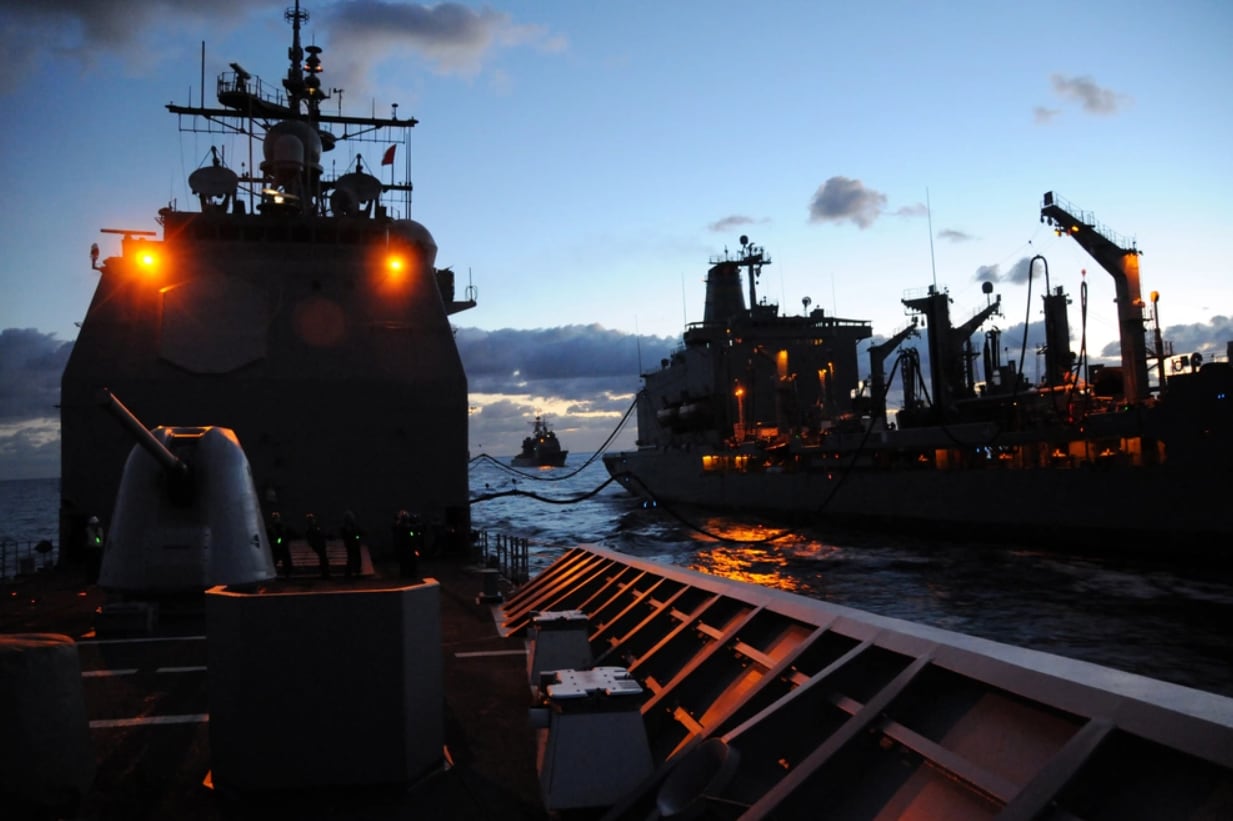
Vicksburg’s modernization began in fiscal 2016 but it didn’t enter the BAE shipyard in Norfolk, Virginia, until fiscal 2020.
And while BAE was awarded a $175 million contract for the ship’s work, costs to get the ship back into the fleet have since ballooned to roughly $500 million, according to the Navy.
These days, one House Armed Services Committee Democratic aide told Navy Times, the ship looks like “a damn dumpster fire.”
Morale among the Vicksburg’s crew has turned “horrible” as the ship continues to languish in the shipyard as well, the aide said.
Rep. Rob Wittman, a Virginia Republican and vice chairman of the House Armed Services Committee, called the Navy’s work on Vicksburg “a disastrous maintenance availability.”
“The ship was slated for an overhaul that would have kept the ship sailing through for another decade or more, but the service delayed and avoided urgently needed work, allowing the vessel’s material condition to deteriorate past the point of no return,” Wittman said in a statement.
“It is as if the Navy never really means to get the Vicksburg back in action,” Sen. Roger Wicker, R-Miss, the Senate Armed Services Committee ranking member, said in a September press release.
In its shipbuilding report released this spring, the Navy noted the billions spent on the cruiser effort and the urgency with which it now seeks to divest itself of the warships, the fleet’s largest surface combatants, which were commissioned in the 1980s and 1990s.
“The Navy acknowledges that some of these are CG Modernization ships, with significant sunk costs and no return on investment,” the shipbuilding report states. “However, it is not economical or fiscally responsible to complete them given the magnitude of the challenges associated with modernizing these ships in the manner chosen and the extensive remaining work to make them ready for sea.”
A Navy budget book noted that retiring Cowpens in 2024 instead of 2026 would, by itself, save the Navy $130 million, Defense News reported in March.
In a statement to Navy Times, Navy Secretary Del Toro said the Navy is focused on building more Flight III destroyers, while “making the best use of American taxpayer dollars, to deter the weapon systems and capabilities of our adversaries.”
“Continuing to spend money on legacy systems that do not contribute to our advantage in strategic competition is not a smart or effective use of taxpayers’ dollars,” Del Toro said.
Navy leaders, including former CNO Gilday, have indicated that the service has learned lessons from its cruiser modernization efforts as it seeks to extend the service lives of certain guided-missile destroyers.
Capability gap
Lawmakers have expressed concern about how the Navy plans to fill the capability gap left by retirement of the last cruisers over the next few years, from its role overseeing air defense for carrier strike groups to its robust missile capacity, with vertical launch system, or VLS, cells that the destroyer fleet does not match numerically.
“The Navy’s CG retirement plans will create a VLS cell bathtub in the fleet right as we enter a period of heightened risk with China in the mid-to-late 2020s,” Wittman said in his statement to Navy Times. “The Navy will not truly begin to recover from this trough until the mid-2030s.”

The Navy says new and upgraded destroyers, led by captains, will take on the air defense mission for strike groups, but they have not addressed how the surface fires shortfall will be mitigated in the next few years.
There’s also the perennial question of how the Navy will grow to its goal of 355 ships if service leaders continue to retire more vessels than are being built.
“The Navy must be right-sized, and our fleet cannot shrink,” Wittman said.
Navy leaders have countered that a ship unable to get underway is of no use in a future fight.
‘Year three of a one-year avail’
The seven cruisers tapped for modernization in the past decade were supposed to follow a similar line of work.
An initial maintenance stint modernized some spaces, and the ship was then manned by a skeleton crew of a few dozen while the ship sat pierside for years, awaiting its turn for the modernization’s deep work.
But shutting down a ship’s systems for years led them to decay and atrophy, making the deep work availability that much more difficult.
Navy Times’ sister publication, Defense News, joined then-CNO Gilday during a visit to Gettysburg in early 2022, where challenges to the modernization program were apparent.
As of early 2022, Gettysburg was “in year three of a one-year avail(ability),” the ship’s commanding officer at the time, Capt. Megan Thomas, told Gilday.
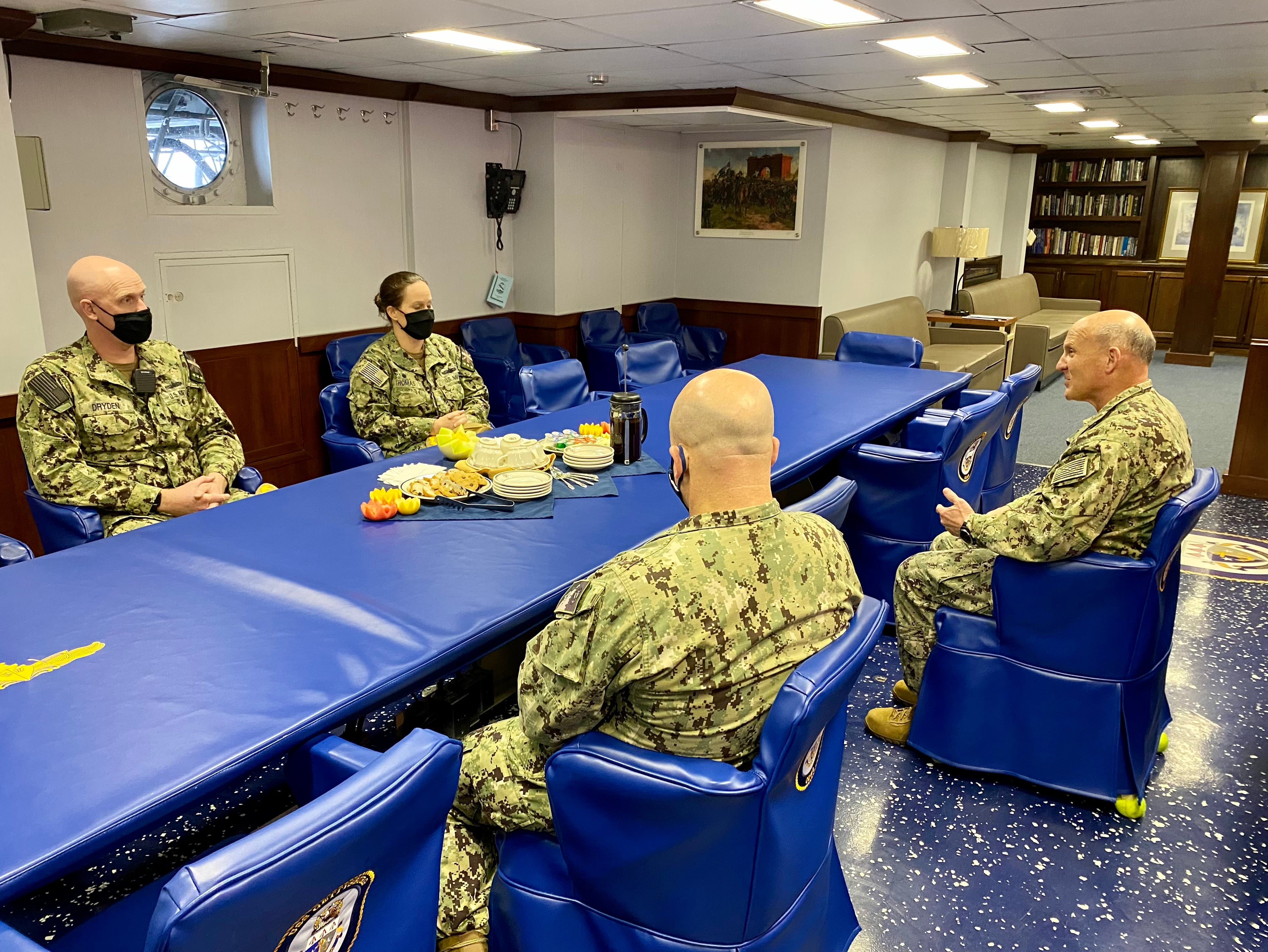
Some systems were upgraded early in the modernization effort but sat unused while the ship was in a reduced operating status for years, Thomas reported, and getting them going again was a challenge.
Officers aboard Chosin reported similar challenges during a Navy Times visit in August, as the ship neared completion of its own modernization journey.
Even things like ventilation work proved difficult aboard Gettysburg, as few ships use the same dated ventilation system, so maintenance teams had to fix components like motors instead of replacing them with spare parts.
“A lot of electrical connections associated with the motor controllers have degraded over time,” Thomas told Gilday. “And of course, we had a large amount of contractors on and off this ship that are doing a lot of other cabling work.”
Thomas also reported that planning issues had hindered Gettysburg’s progress, as the original schedule called for concurrent activity by multiple contractors and subcontractors that was not deconflicted.
Miles of new cable was installed on the ship, Thomas told Defense News, but some of it got uprooted during subsequent work.
Crewing a cruiser during the life extension also proved challenging, she noted.
None of the sailors assigned to the ship when the program began were still with the ship as of early 2022, nor were they part of the crew during the dry-docking period.
RELATED
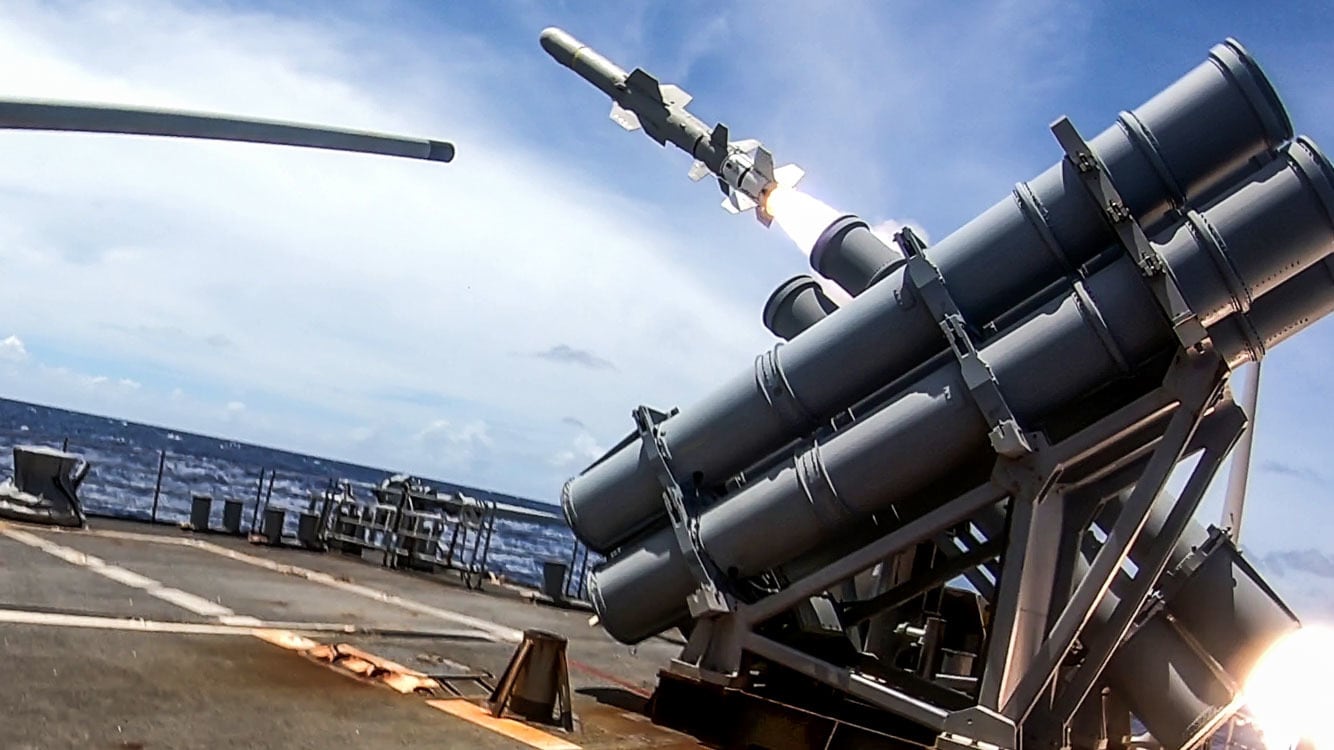
“I have one sailor who was assigned to USS Gettysburg before it went into (the modernization program), and now he came back as a (petty officer first class), and now he’s a chief,” she told Defense News. “Great to have that kind of continuity, but one out of 338 does not a crew make.”
Questions have been raised about the welfare of sailors while their ships are in extended maintenance following a suicide cluster among the crew of the aircraft carrier George Washington last year as that ship went through a massive mid-life overall.
Thomas advised her fellow cruiser captains to track crew morale while contractors work on their ships, however long those efforts continue.
“Sailors join the Navy to get underway and see the world,” she noted. “And as we have gone through this availability, the number of times the goal posts have shifted has been very frustrating for them.”
Defense News reporter Megan Eckstein contributed to this report.
Geoff is the managing editor of Military Times, but he still loves writing stories. He covered Iraq and Afghanistan extensively and was a reporter at the Chicago Tribune. He welcomes any and all kinds of tips at geoffz@militarytimes.com.





